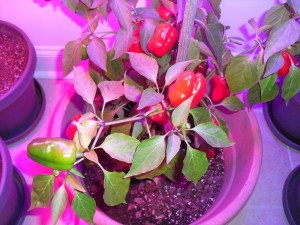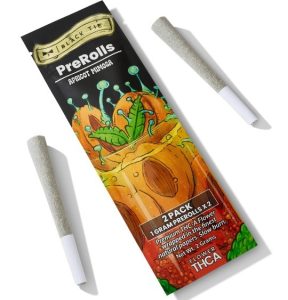TruLite LED Releases Updated Spectral Output For Their LED Plant Grow Lights

 Atlanta, GA (PRWEB) August 08, 2013
Atlanta, GA (PRWEB) August 08, 2013
TruLite LED has officially released their latest update and adjustment to spectral output for their LED plant grow lights. Through continuous research and development of their solid state chip configuration, yields just keep getting better. The use of specific colors in very precise wavelengths in their grow lights is important as research continues. These tweaks are done to optimize size and morphology of a plant while decreasing grow cycle times.
Plant growth is optimized when spectral wavelengths are more precise. The first step in photosynthesis is the absorption of light by photosynthetic pigments located within the thylakoid membrane in the chloroplasts. Photosynthetic organisms contain an assortment of pigments thereby allowing absorption of a maximum number of wavelengths. All photosynthetic organisms contain Chlorophyll A which is the primary light harvesting pigment. Higher plants contain accessory pigments that are also involved in light harvesting and photochemistry. These are Chlorophyll B and the Carotenoids.
The region between 400 nm and 700 nm is what plants use to drive photosynthesis and is typically referred to as Photosynthetically Active Radiation (PAR). There is an inverse relationship between wavelength and quantum energy, the higher the wavelength the lower quantum energy and vice versa. Plants use wavelengths outside of PAR in a phenomenon known as photomorphogenesis which is light regulated changes in development, morphology, biochemistry and cell structure and function. The effects of different wavelengths on plant function and form are complex and are proving to be an interesting area of study for many plant scientists.
LED plant grow lights offered by TruLite LED take advantage of the fact that individual photosynthetic pigments within a plant can be manipulated by specific wavelengths in the light fixtures. The use of specific wavelengths and their associated quantum energy can elicit particular growth patterns that are desirable in plants. For example, commercial plant breeders of annuals such as begonias or petunias are looking for stocky, well formed stems with plenty of branching and flowering sites. In addition, medicinal cannabis growers want the ability to grow plants 4-6 feet tall with well formed flowering sites. TruLite LED products have been designed with these growers in mind and are capable of delivering the results growers demand.
TruLite LEDs Grow Lights can increase production, optimize size, nutrients, flower formation and is usually 50{2b4a1a3f3bbc9c5a43771f34362679a3afcf9df24c0d9f4fe2fa80a69d802033} less in electricity costs. Why would you use any other light source? For more info please contact us at 1-800-850-5131 or visit us at http://www.truliteled.com.
Source: http://www.prweb.com/releases/2013/8/prweb11009013.htm
The post TruLite LED Releases Updated Spectral Output For Their LED Plant Grow Lights appeared first on TruLite LED Grow Lights.
(c) TruLite LED Grow Lights – Read entire story here.



